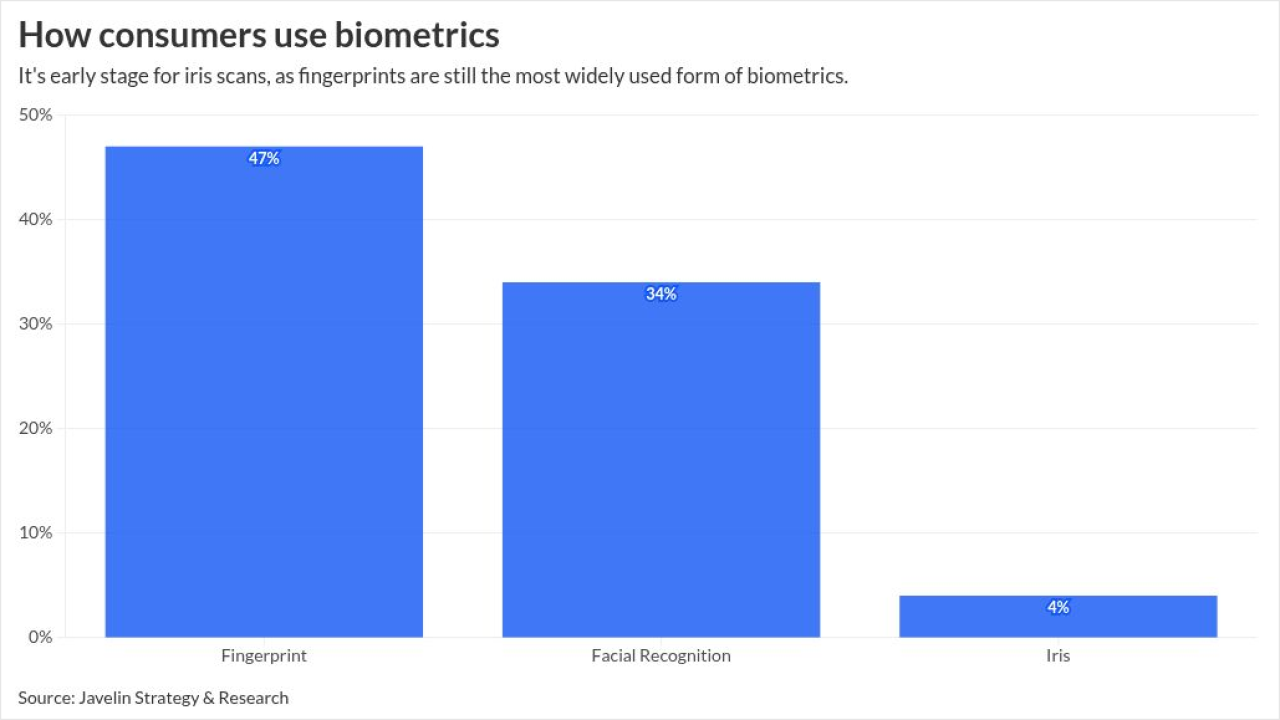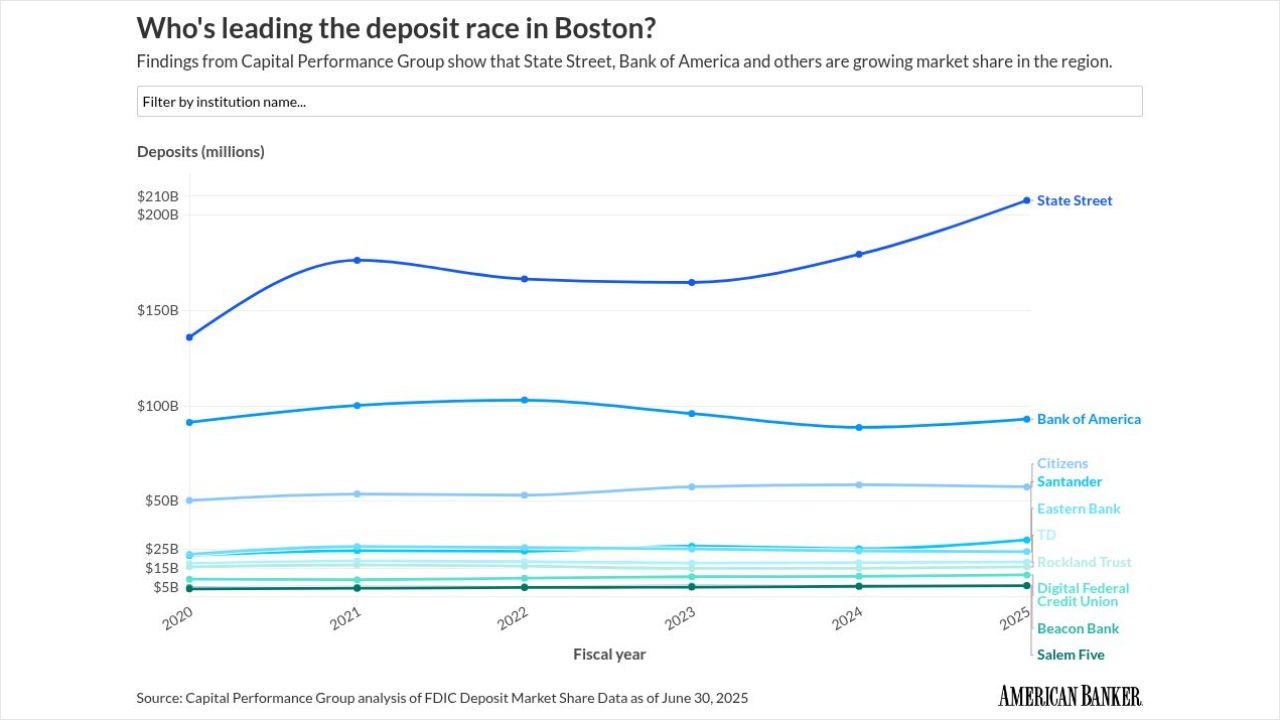The Canadian government is consulting with the country’s banking industry on opening up Canada’s payments infrastructure to nonbank payment service providers (PSPs) and fintechs, in a far-reaching move to spur innovation and competition.
The move aligns with Canada’s move to faster payments. Payments Canada, the owner and administrator of Canada’s core payments infrastructure plans to launch its Real-Time Rail (RTR) by early 2020, lagging behind earlier implementers of faster payments such as the U.K. and Australia.
In May 2018, the Department of Finance published a consultation paper on updates to the Canadian Payments Act, and asked for responses by July 24. The Act provides the governance structure for Payments Canada, which includes the Automated Clearing Settlement System (ACSS), a batch-based retail system processing 28 million daily transactions between Canadian financial institutions (FIs), and the Large Value Transfer System (LVTS) wire transfer system. The government is requesting comments on widening Payments Canada's membership to facilitate participation by nonbank PSPs in Canada's new real-time retail payment system.
Payments Canada
While Canadian banks must be members of Payments Canada, other FIs such as credit union central organizations (which provide processing and other services for Canadian credit unions), trust companies and cooperative credit associations are eligible for membership, participating directly or indirectly in Payments Canada. Currently, nonbank PSPs aren’t eligible to be Payments Canada members, and can’t legally present payment items on any of Payments Canada's systems.

Under the proposals, PSPs could become associate members of Payments Canada and would be subject to principles-based oversight with requirements including security and risk management practices, and end-user fund safeguarding. This would require PSPs to deposit clients’ funds at FIs which are subject to Canadian deposit insurance regimes.
In July-October 2017, the Department of Finance conducted a consultation on a new oversight framework for retail payments. Its aim is to extend Canadian retail payments supervision to cover firms not previously subject to oversight such as Fintechs.
All PSPs would be required to apply for registration with a new entity, the federal retail payments regulator. Currently PSPs, while covered by Canada’s AML regulations through the Financial Transactions and Reports Analysis Centre of Canada (FINTRAC), aren’t subject to federal retail payments oversight, unlike credit card issuers, card networks and Payments Canada. This means that nonbank PSPs aren’t subject to requirements to safeguard consumer funds in the event of insolvency.
Real-time rail
The Department of Finance paper notes the importance of the RTR as a platform for innovation and states that expected features of the RTR, such as settlement on a prefunded real-time gross basis, will facilitate open and risk-based access.
This involves developing criteria for fair and open payment system access that are determined by the risk posed rather than the volume of transactions processed by a potential participant.
The RTR will be an “always-on” payments infrastructure supporting immediate payments and funds transfers, using ISO 20022-based messaging for payments data. Payments Canada says that, as a platform for future innovation, the RTR will enable Canadian payment system participants to provide overlay services offering new ways to pay for goods and services and to transfer money.
An essential part of the RTR will be enhanced B2B, B2C and P2P e-transfers, with payments or invoice information supplied to recipients.
“Real-time payments will create numerous customer benefits including the ability for consumers and small businesses to pay invoices from the electrician, contractor or even pay the babysitter or lawn service almost instantaneously,” Derek Vernon, vice president and head of enterprise payments modernization at BMO Financial Group, said in a
“Our concept of risk-based open access is anchored in the BIS Principles for Financial Market Infrastructures, which have been adopted by the Bank of Canada (BoC) in its standards for systemically important and prominent payment systems,” said Anne Butler, Payments Canada’s vice president of research, policy and legal. “These set out the key standards that Payments Canada’s systems must meet to maintain safety and soundness and foster openness and transparency in system operations.”
The RTR will be built according to the BoC’s standards for prominent payment systems, including an expectation that the RTR will have objective, risk-based criteria for participation, with the least restrictive impact on access appropriate in the circumstances, Butler said.
“The Department of Finance’s Retail Payments Oversight Framework will be key to enabling more open access to Canadian payment systems, establishing the regulatory regime necessary to enable oversight of broader payment system participants who haven’t, historically, been given access to national payment system infrastructure,” Butler said.
The RTR is expected to have the greatest degree of openness to encourage innovation by both FI and non-FI PSP, Butler said. Canada is looking to other countries that have implemented faster payments rails for examples of innovative real-time services, she said.
“In Australia, faster payments has paved the way for PayID, an addressing service that allows consumers and businesses to create an identifier for receiving payments across multiple platforms, whether on social media or SMS,” Butler said. “In the U.K., Pingit and Paym link your mobile number with your bank account, meaning users can send money back and forth as easily as they text.”
In Sweden, a consortium of six banks led to the creation of Swish in 2012, an overlay service using the faster payments infrastructure for real-time transfers from mobile phones using traditional bank accounts. Swish is the most popular financial app in Sweden, with adoption by 52 percent of the Swedish population.
2018 budget
In addition to opening up core payments, the Canadian government is planning a review of the merits of open banking. The Department of Finance’s March 2018 Budget said the government’s review will assess whether open banking would deliver “positive results with the highest regard for consumer privacy, data security, and financial stability.”
“The Canadian Bankers Association supports the government’s exploration of the merits of open banking, and has an interest in assessing the potential benefits and risks for Canadians,” said CBA spokesman Dave Bauer. “What deserves attention is the way security, privacy and liability would be managed in an environment where customers’ most sensitive financial data is shared with third parties. Canadian banks dedicate enormous resources to comply with customer privacy regulations that require strict custody of data and the highest standards of information security.”
The CBA predicts that, in an open banking environment, any initiative which undermines the protection afforded by banks to their customers against fraud and unauthorized access to information would be problematic for Canadian consumers, financial market participants and the broader economy, Bauer said.
“Innovation is good and consumer choice is paramount,” he said. “The key is striking the right balance between expanding options for customers while protecting them.”
Ed Price, director of compliance at U.S.-based business software developer Devbridge Group, said the big five Canadian banks have all seen open banking coming and have been making preparations since 2015.
“The large Canadian banks are creating web infrastructures that expose their open banking APIs to partners,” he said. “This will enable the banks to monetize their APIs from third-party firms.”
In March 2018, Royal Bank of Canada (RBC) became the first Canadian bank to launch an open API developers’ platform. Among the RBC APIs offered on the platform is a credit card catalog API providing access to credit card rates and fees, organized in terms of line of business, product family, and individual products.
John Salmon, a partner in U.K.-based law firm Hogan Lovell’s banking practice, says every major bank now realizes that open banking and collaboration with fintechs is crucial.
“Banks used to see fintechs as enemies, but now realize that fintechs can do things they can’t or don’t want to do, and can help the banks build a better ecosystem for their customers,” he said. “We’re seeing a trend in the U.K. and Europe for large numbers of banks to publish their APIs on developer portals.”
Fintech investments
Another government legislative initiative is designed to make it easier for FIs to partner with fintechs. This involves amending Canada’s Financial Sector Regulatory and Legislative Framework, which currently prohibits FIs from investing in non-financial services firms. For the purposes of this legislation, fintechs aren’t considered to be FIs, as their technology can be used for nonbanking purposes such as inventory management.
The proposed revisions would allow banks to make non-controlling investments in fintechs, while maintaining the existing ban on banks conducting or investing in nonbanking commercial services.
An example of Canadian bank-fintech partnership is Scotiabank’s work with Toronto-based AI startup Dessa, formerly called DeepLearni.ng. Using Dessa’s neural network technology, Scotiabank analyzes customer behavior to help it with credit card payment collection from risky cardholders who miss monthly payments.
Working with Scotiabank, DeepLearni.ng built and deployed an AI system in four months that makes live decisions on active customers to identify risky credit card accounts.
“The system automatically adapts to changes in customer behavior over time, and recommends optimal interaction for each customer, e.g. whether to text or call,” said Alyssa Kuhnert, Dessa’s communications coordinator. “It can predict the likelihood of customers who forgot to pay versus those unable to do so.”





